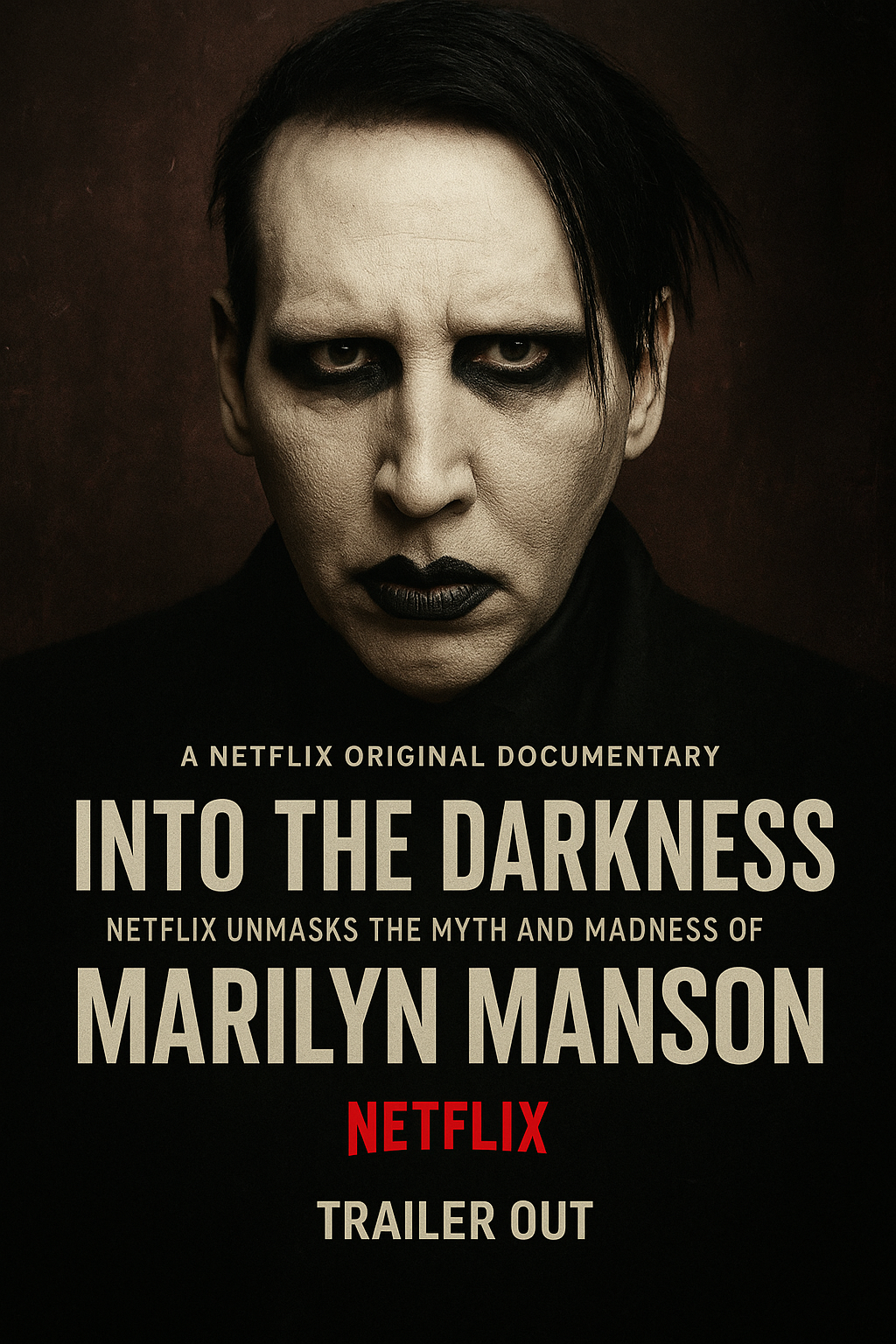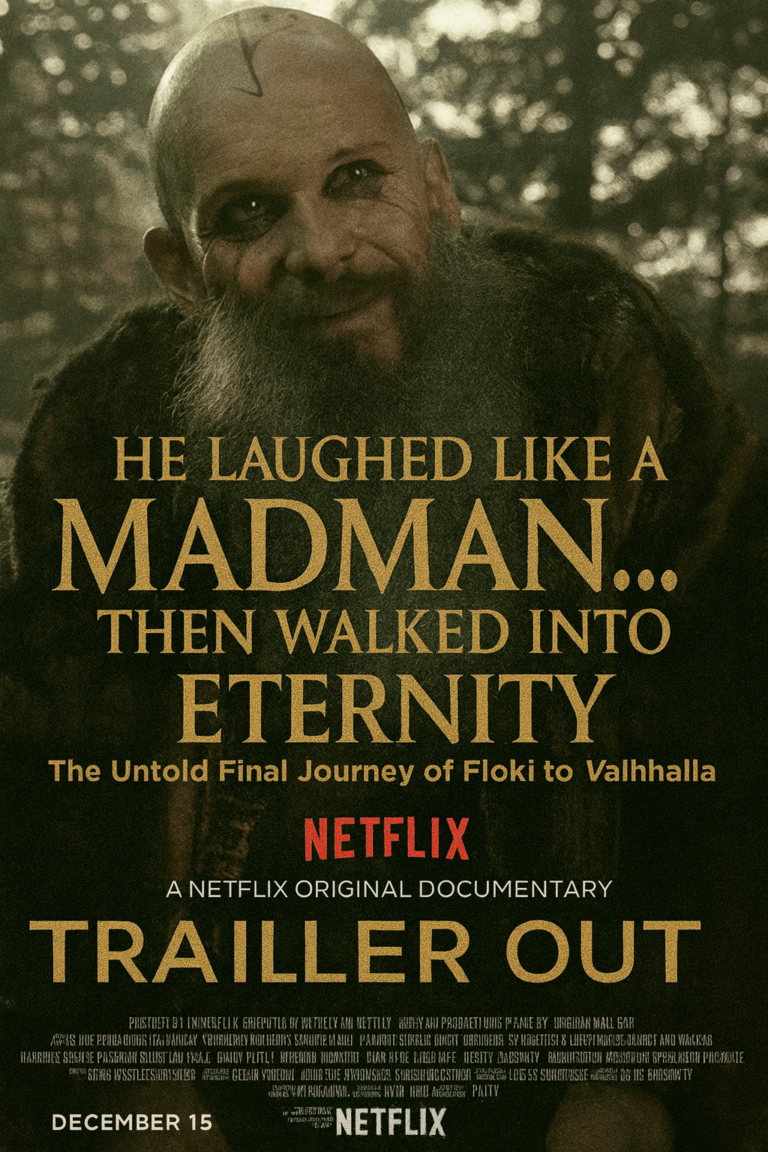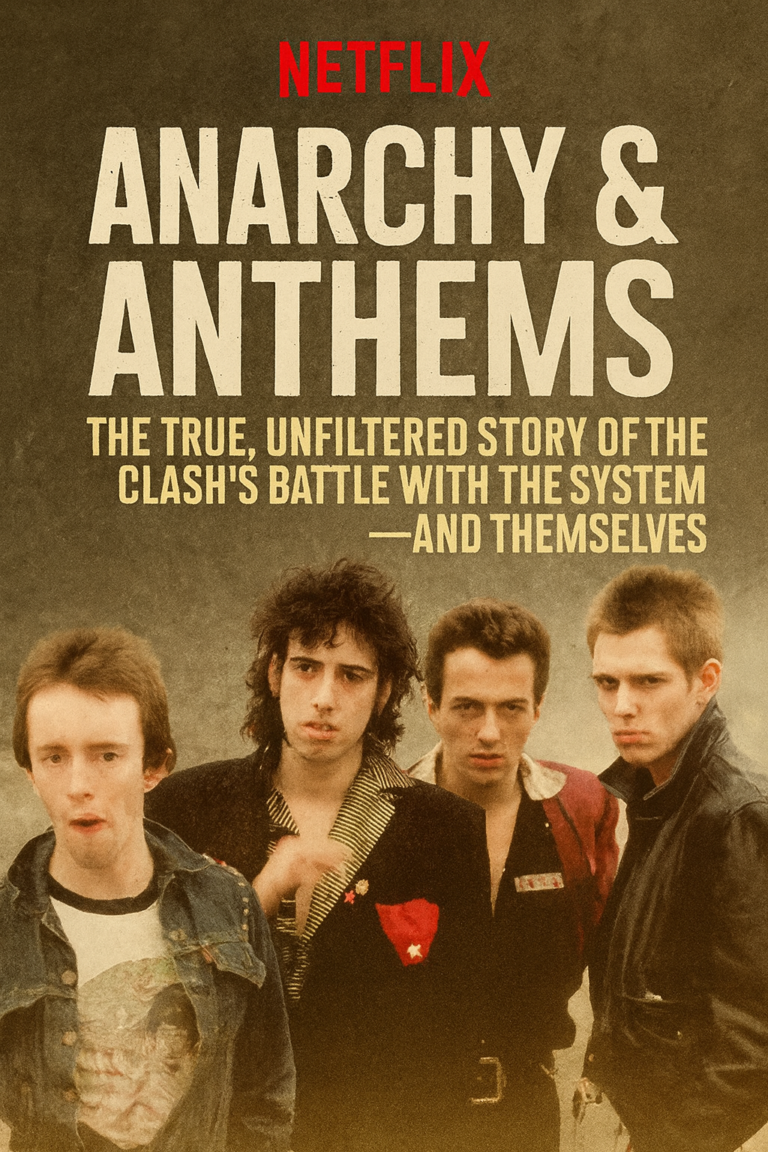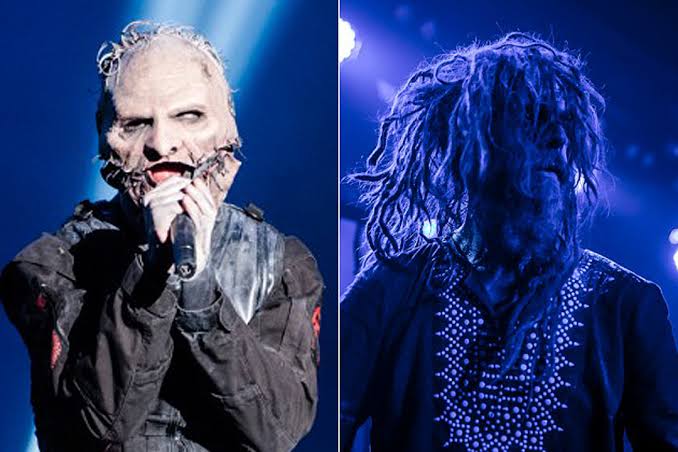
The name Marilyn Manson has always sparked both fascination and controversy. Netflix’s new documentary series dives straight into the eye of the storm, peeling back the layers of the man behind the makeup and the mythology. Known for pushing boundaries and igniting cultural outrage, Manson’s story has long been told through distorted lenses of fear, fame, and rebellion. This series, however, offers a rare, unfiltered look at his rise, fall, and the complex humanity that lies beneath the black eyeliner and industrial roar.
From his beginnings as Brian Warner, a curious and artistic teenager from Ohio, the first episode takes viewers on a journey through the creation of a persona that would come to define shock rock in the 1990s. Using archival footage, interviews with former bandmates, and never-before-seen home videos, the documentary paints a vivid picture of how Manson carefully constructed an identity that mirrored the chaos of the world around him. He wasn’t just rebelling against the mainstream—he was holding up a mirror to its hypocrisy.
The Netflix team doesn’t shy away from the controversies that shadow his career. The second and third episodes explore the backlash following his provocative stage shows, the infamous Columbine connection, and the moral panic that made Manson the scapegoat of a generation. Yet, amid the media frenzy, the series also gives space to the philosophical mind beneath the spectacle. Through old interviews and intimate new footage, Manson’s intelligence and dark humor emerge as defining aspects of his art.
Fans and critics alike are given a voice throughout the series. Some hail him as a fearless artist who dared to question authority and religion; others view him as a provocateur who crossed too many lines. This tension forms the backbone of the documentary—an exploration of where performance ends and personhood begins. The Netflix production succeeds in balancing spectacle with introspection, offering both the brilliance and the brutality of Manson’s legacy.
Musically, the series is a feast for fans. It retraces the creation of groundbreaking albums like Antichrist Superstar and Mechanical Animals, showcasing rare behind-the-scenes footage of Manson and producer Trent Reznor crafting their industrial-gothic masterpieces. The creative process is shown as chaotic but visionary, fueled by obsession, darkness, and relentless ambition. Every chord and lyric feels like a cry from the edge—a reflection of the turmoil that Manson channeled into art.
But the documentary doesn’t romanticize the darkness. Later episodes confront the allegations and personal struggles that have surrounded Manson in recent years. Through interviews with journalists, legal experts, and people from his inner circle, Netflix handles these sensitive topics with care, presenting facts and perspectives without sensationalism. It’s a sobering reminder that fame often comes with a devastating price, and that the line between art and reality can blur beyond recognition.
The cinematography enhances the haunting mood. Stark lighting, gothic set designs, and immersive soundscapes evoke Manson’s aesthetic while drawing viewers into the emotional complexity of his world. It feels both cinematic and deeply personal—like being trapped inside a dark poem written in blood and neon. The visual storytelling mirrors the chaos and beauty of Manson’s music itself.
In interviews filmed for the series, Manson himself appears introspective, older, and more self-aware. His reflections on fame, faith, and identity are surprisingly philosophical. He speaks about the masks we all wear, the monsters we create, and how art can both save and destroy its creator. His tone is quieter now, but the intensity remains—proof that the fire that fueled his career still burns beneath the ashes.
The supporting voices in the documentary add weight and perspective. Artists influenced by Manson, including rock and pop musicians of today, share how his work gave them permission to be bold, weird, and unapologetically themselves. Cultural commentators discuss how his influence extended far beyond music—into fashion, performance art, and the psychology of rebellion. Whether admired or condemned, Manson’s imprint on modern culture is undeniable.
October 25, 2025
By the final episode, the series feels like both a requiem and a resurrection. It neither glorifies nor condemns but instead presents the man in full—flawed, brilliant, haunted, and human. There’s a haunting stillness as the credits roll, leaving viewers questioning their own relationship with art, fame, and the personas we create to survive.
Netflix’s Marilyn Manson documentary is more than a retelling of scandal and spectacle. It’s an exploration of identity in an age where everything is performance. For fans, it’s a chance to understand the artist who changed the face of rock; for skeptics, it’s an invitation to confront the uncomfortable truths about society’s hunger for villains. It’s dark, daring, and deeply thought-provoking—a story only Marilyn Manson himself could inspire.



